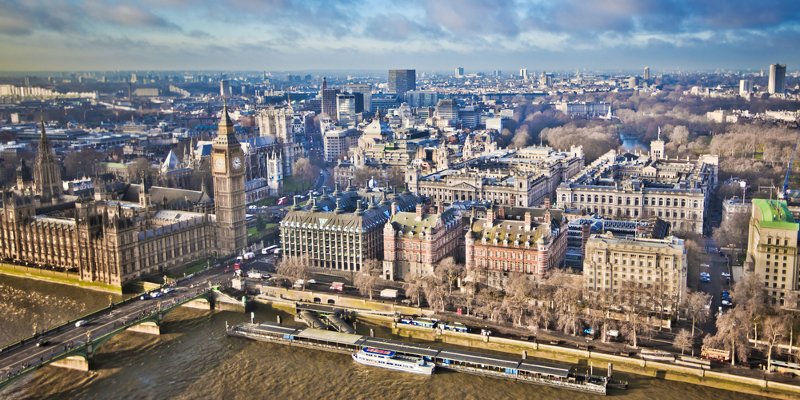The capital’s house price growth over the past 10 years was double that of the country as a whole.

Despite recent weakness, London has seen the strongest house price growth over the past decade according to Nationwide.
Over the past 10 years, house prices rose by 33% across the country and increased twice as fast (66%) in London.
Andrew Harvey, senior economist at Nationwide, said: “The past decade has also seen a significant widening in the gap between the least affordable and most affordable regions.
“London been the least affordable region for most of the past 40 years, but its house price earnings ratio (HPER) has reached new highs in recent years reaching 10.2 in 2016, from 6.1 at the start of the decade, with only a modest improvement to 8.8 at the end of 2019.
“The region with the lowest house price to earnings ratio in 2019 was Scotland with a HPER of 3.2 - a decade ago it was the North with a HPER of 3.3.
“One of the consequences of high house prices relative to earnings is that it makes raising a deposit a significant challenge for prospective first-time buyers.
“Reflecting the trend in overall house prices, some regions have seen a substantial increase in the time taken to save a deposit.
“For example, in the South West it would now take around 10 years for an average earner to amass a 20% deposit, up from eight years at the end of 2009.
“The pressures are most acute in the capital, where someone earning an average income would need around 15 years to save a 20% deposit on a typical London property, up from 10 years a decade earlier.
“However, looking at mortgage affordability, this has actually improved for prospective first-time buyers in recent years, with the cost of servicing the typical mortgage as a share of take home pay in most regions now lower than it was in 2009.
“This is due to the fall in borrowing costs, with average interest rates for new mortgages falling from around 5% in 2009 to 2.4% currently.”
The outer metropolitan region, which includes places such as Slough and Guildford also significantly outperformed, with prices rising 54% during the 2010s.
The northern regions, in particular the North, Yorkshire & Humberside and North West, saw relatively weak house price growth over the decade.
House price growth has remained subdued in Scotland, with an 8% rise over the past 10 years.
Northern Ireland saw the lowest growth, with prices up 2% compared with the end of 2009.
House price growth has continued to exceed earnings growth, resulting in a further rise in the house price earnings ratio.
Jonathan Samuels, chief executive at Octane Capital, added: “It’s not often that you celebrate weaker growth figures but the performance of house prices in the 2010s may be an exception to the rule.
“Affordability is still a major hurdle after just 33% growth so if the trajectory of the noughties had continued the market would have been beyond the reach of many more people.
“For the property market, the cooling of price inflation triggered by thedecision to leave the EU was arguably a net positive,especially in London and the South East.
"The growth London had shown in the first half of the 2010s was unsustainable and could have triggered a sharp correction hadit continued.
“While it has come down since 2016, a HPER of 8.8 in London is still a massive obstacle for the majority of would be homeowners.”



